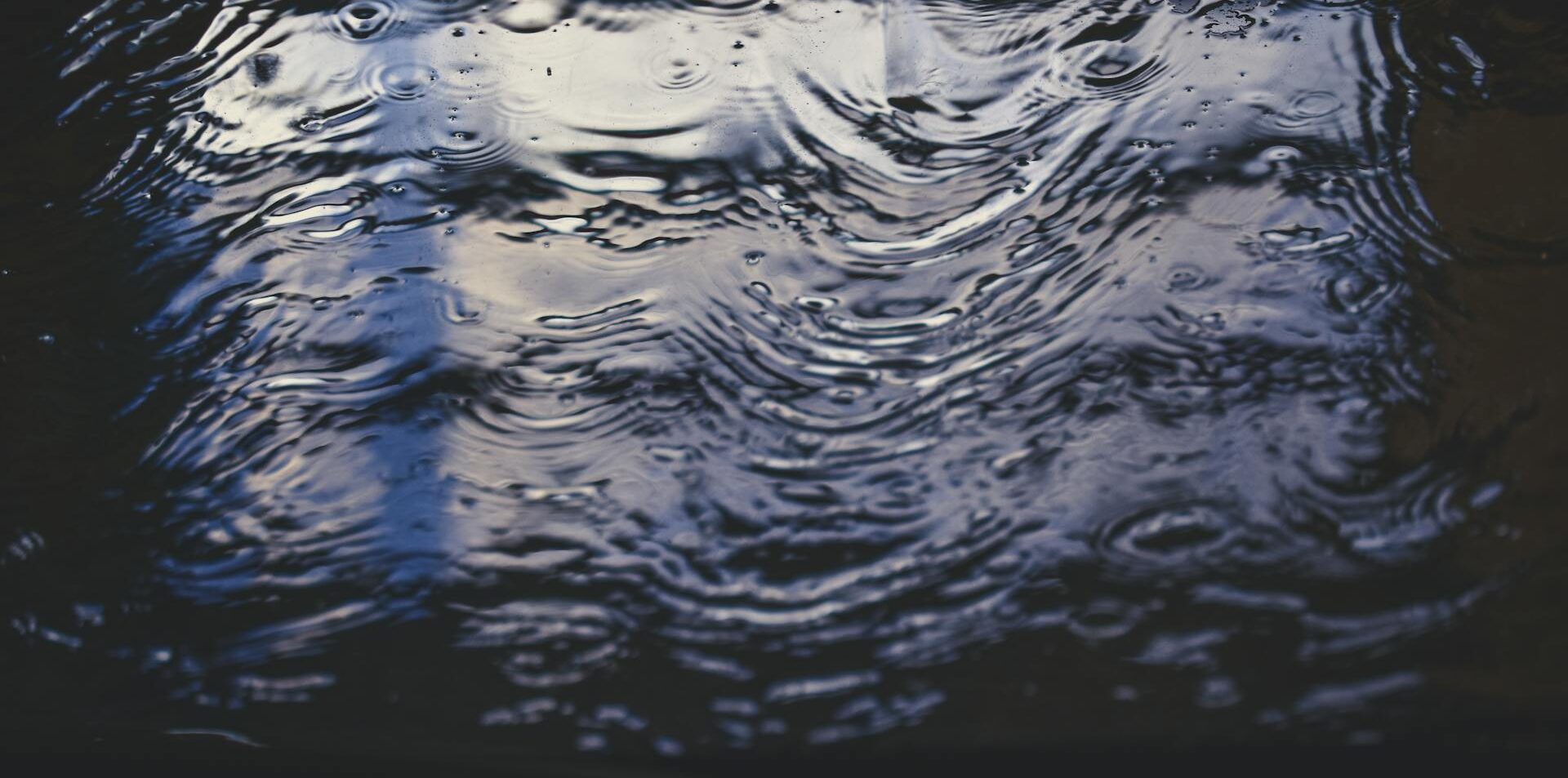
Table of Contents
Introduction
Storms can cause significant water damage to homes, leading to structural issues, mold growth, and health risks. Quick action is essential to minimize damage and restore the property. This guide offers knowledge and steps to effectively manage water damage, ensuring your home remains safe and comfortable.
Understanding Water Damage
Water damage isn’t a one-size-fits-all problem. It comes in various forms, each with unique characteristics and implications for your home. The three main types of water damage are clean water, grey water, and black water. Clean water damage typically results from broken pipes or rainwater and poses fewer health risks. Grey water, which may contain contaminants from appliances or toilets, requires more caution. Black water, the most hazardous, includes sewage and floodwaters that can carry harmful pathogens.
Each type of water damage affects homes differently. Clean water, if addressed promptly, may not cause long-term issues. However, grey and black water can lead to serious health concerns due to the presence of bacteria and chemicals. Look for discoloration on walls and ceilings, a musty odor, peeling paint, and warped floors. These indicators suggest water infiltration that needs immediate attention.
Immediate Steps Post-Storm
After a storm, safety is paramount. Begin by checking for electrical hazards, such as exposed wires or water near electrical outlets. If safe, turn off the main power supply to prevent accidents. Next, assess the structural integrity of your home. Look for cracks or shifts in the foundation and any sagging ceilings or walls. Once you’ve ensured safety, take steps to mitigate further damage. Open windows and doors to facilitate air circulation and prevent mold growth.
Place waterproof tarps over damaged roofs or broken windows to protect against additional rain. If possible, move wet furniture and belongings to a dry area. Documentation is key—take photos of the damage for insurance purposes. For effective emergency flood repair like those in Orem, UT, acting quickly in these critical first hours can significantly reduce restoration costs and preserve the integrity of your home.
Water Damage Restoration Process
Restoring a home from water damage involves a comprehensive process that spans from assessment to completion. Initially, a professional restoration team will evaluate the extent of the damage using moisture detectors and infrared cameras. This assessment informs the strategy for drying and repairing your property. The next step is water extraction, removing all standing water to prevent further deterioration.
Drying and dehumidification are crucial stages, eliminating moisture from walls, floors, and furnishings. Restoration professionals use industrial-grade equipment to ensure all moisture is removed to prevent mold. Once dry, the actual repair begins, which might involve replacing drywall, flooring, or even entire sections of your home. Professional services are essential at this stage; they have the expertise and tools to manage the complex restoration process efficiently and safely.
DIY vs. Professional Restoration
When faced with water damage, deciding between DIY repairs and professional restoration can be challenging. Minor water damage with clean water can sometimes be handled independently, provided you have the right tools and knowledge. However, when grey or black water is involved or the damage is extensive, it’s best to call in professionals. They can address the root of the problem, reducing long-term risks.
DIY may seem cost-effective, but the benefits of professional restoration often outweigh the initial savings. Professionals bring experience, advanced equipment, and a thorough understanding of potential hazards. While DIY might save money upfront, improper handling can lead to more significant expenses down the line, especially if mold develops or structural issues arise.
Protecting Your Property from Future Storms
To safeguard your property against future storms, consider implementing storm-resistant measures. Start by reinforcing your roof with impact-resistant materials and ensuring your gutters and downspouts are clear to direct water away from your home. Installing storm shutters on windows can prevent breakage from high winds and debris.
Review your policy to ensure it covers storm-related water damage, including flood insurance if necessary. Being properly insured can alleviate financial burdens and provide peace of mind. Additionally, having an emergency preparedness plan in place ensures you’re ready to act quickly in the event of severe weather.
Conclusion
Water damage from storms presents significant challenges, but with the right knowledge and quick action, homeowners can effectively restore their homes. By understanding water damage types, taking immediate safety steps, and choosing between DIY and professional help, you can mitigate damage and prevent future issues.
You can also read our latest post.


